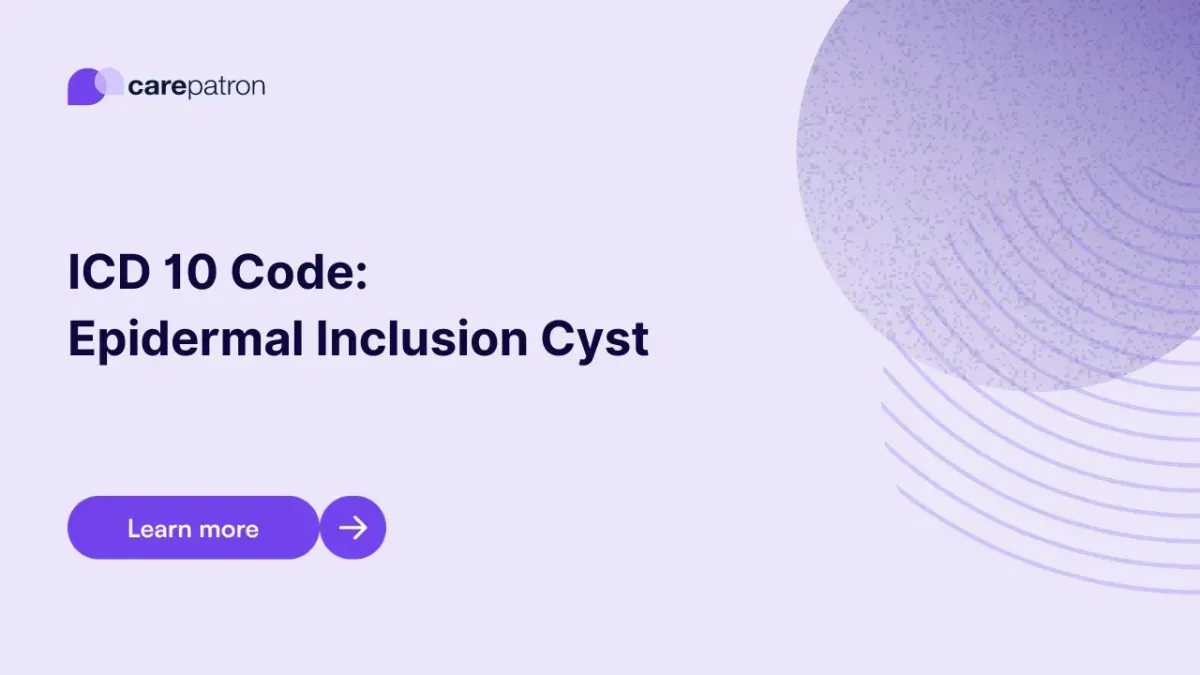
Epidermal Inclusion Cyst ICD-10-CM Codes | 2023
Discover the specific ICD-10 codes for diagnosing Epidermal Inclusion Cysts. Navigate accurate billing and comprehensive patient care with these codes.
Use Code
Commonly asked questions
Use the code when diagnosing a patient with an epidermal inclusion cyst or when documenting a patient's medical history with this condition.
Common treatments include surgical excision, drainage, or intralesional steroid injections.
The diagnosis code provides a standardized method for documenting and categorizing the condition for clinical and billing purposes.
EHR and practice management software
Get started for free
*No credit card required
Free
$0/usd
Unlimited clients
Telehealth
1GB of storage
Client portal text
Automated billing and online payments
